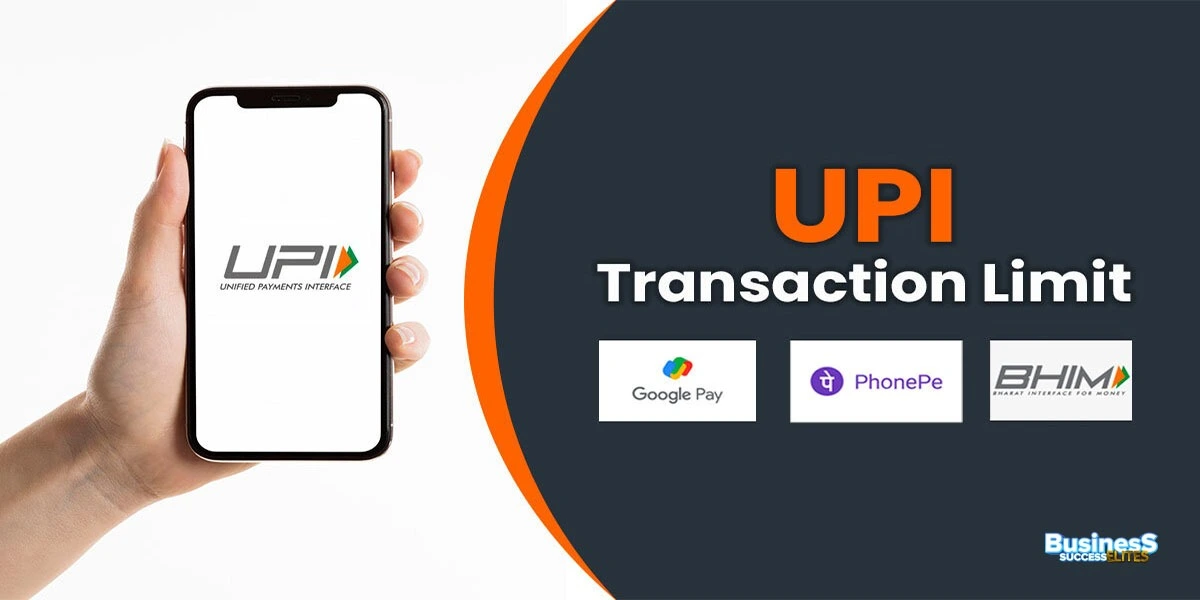
The Reserve Bank of India (RBI) announced on Wednesday that it has revised the limits for the widely-used digital payment system Unified Payment Interface (UPI). The existing limit has been increased from Rs 2,000 to Rs 5,000. This adjustment will provide more flexibility and convenience for users of the UPI platform. During the announcement of the Monetary Policy Committee (MPC), RBI Governor Shaktikanta Das declared that the central bank has chosen to increase limits for various transactions.
It has been determined to increase the per transaction limit in UPI123Pay from Rs 5,000 to Rs 10,000. RBI has also been decided to raise the UPI lite wallet limit from Rs 2,000 to Rs 5,000 and the per transaction limit to Rs 500 from Rs 100. This decision is aimed at promoting the broader utilization of UPI and enhancing its convenience and inclusivity, as stated by Das. The revised UPI limits have been implemented to accommodate various groups of users.
The Reserve Bank of India has increased the transaction limit for UPI123Pay to Rs 10,000 for individuals using non-smartphones or feature phones. This feature is specifically designed to cater to individuals who do not have access to internet connectivity. It enables them to conduct digital payments by utilizing their 4-6 digit transaction PINs. UPI123Pay allows individuals to conduct financial transactions even in remote regions with minimal internet connectivity, thereby fostering financial inclusion among a significant portion of the populace.
UPI Lite, which is a digital wallet function within the UPI ecosystem, primarily designed for small transactions that do not depend on core banking infrastructure has also witnessed significant increase in its limit. The limit for UPI Lite has been raised from Rs 2,000 to Rs 5,000. Additionally, the per-transaction limit has been increased from Rs 100 to Rs 500.
This particular wallet operates without the need for an internet connection, providing users with the ability to maintain a balance that can be replenished through associated bank accounts. As a result, it serves as a convenient solution for conducting routine, small-scale transactions such as purchasing groceries or paying for transportation.
PhysicsWallah IPO: Price band set at ₹103-109 per share
November 9, 2025UpGrad in talks to acquire Unacademy in $300–400 million deal
November 7, 2025India Set to Become a $10 Trillion Economy by 2040
November 6, 2025China Products Ready to Re-Enter the Indian Market After Four Years
November 6, 2025